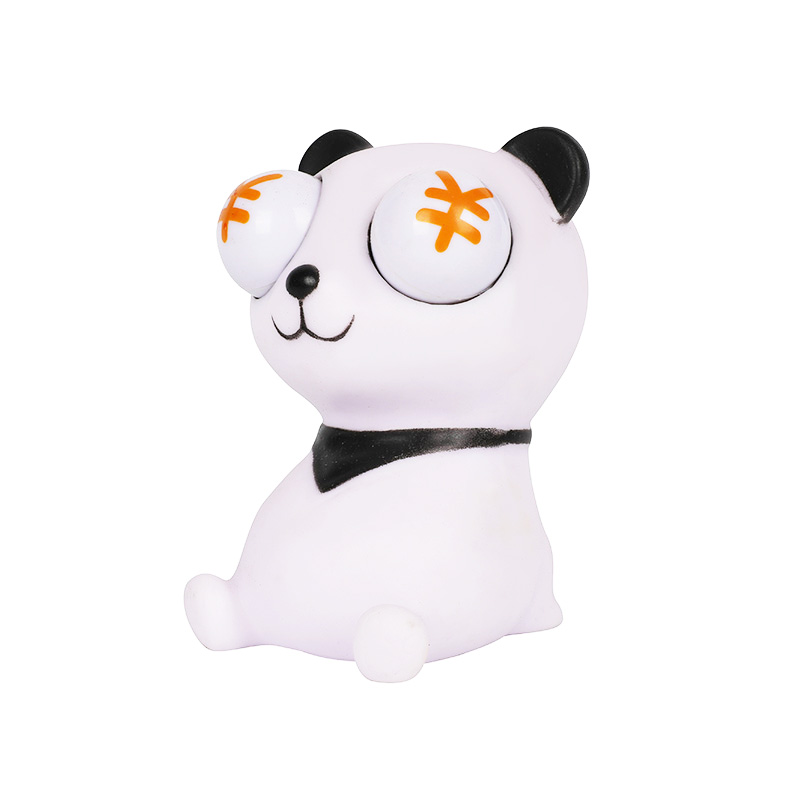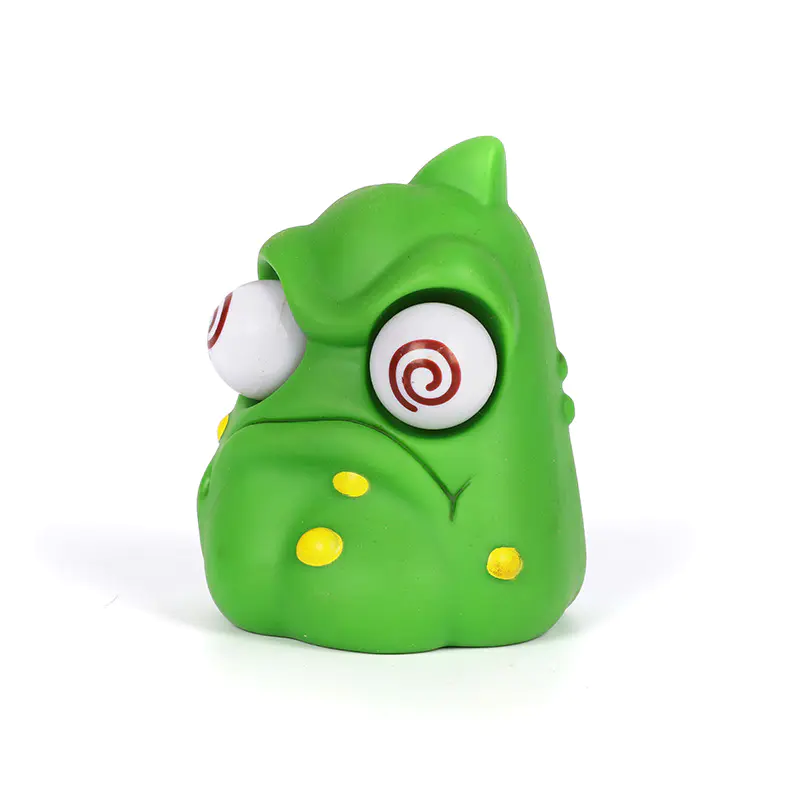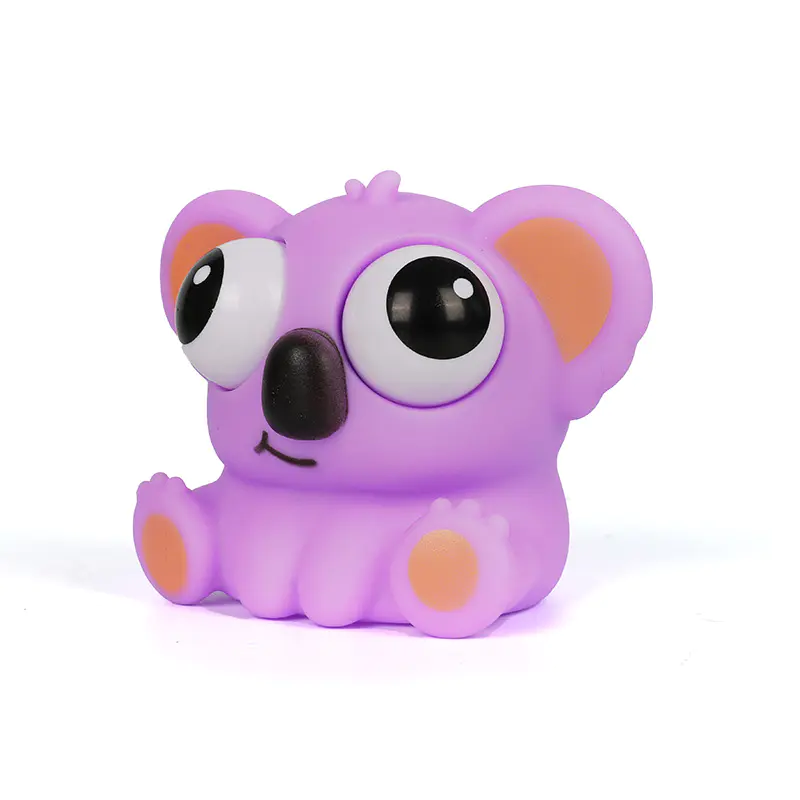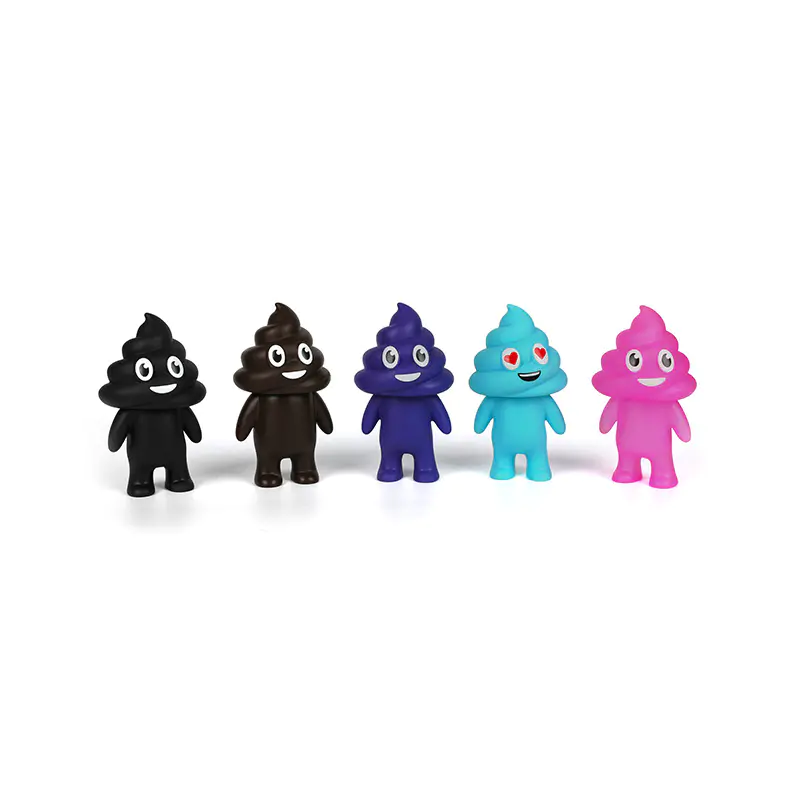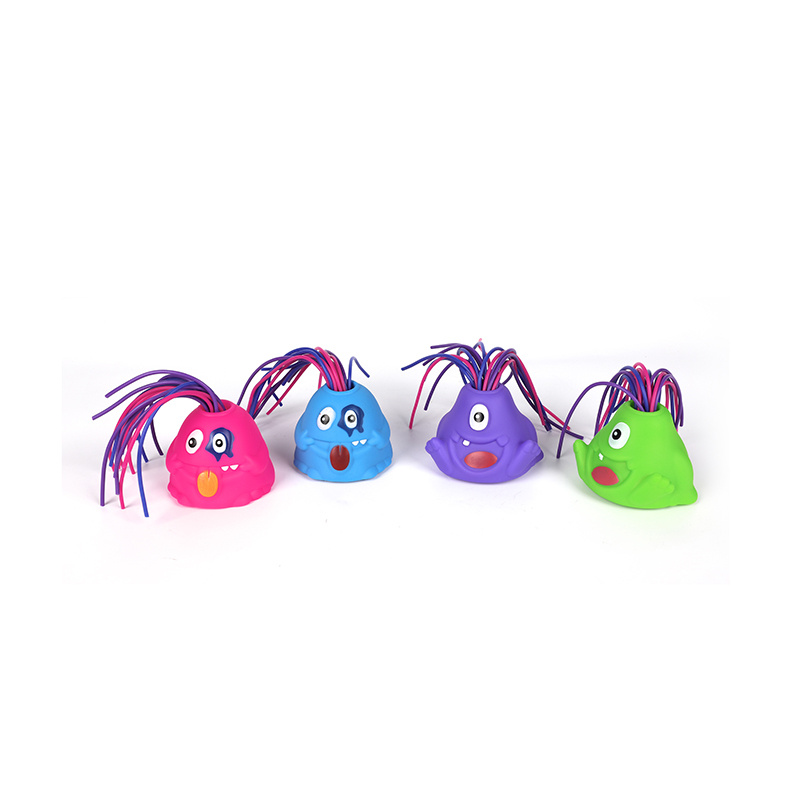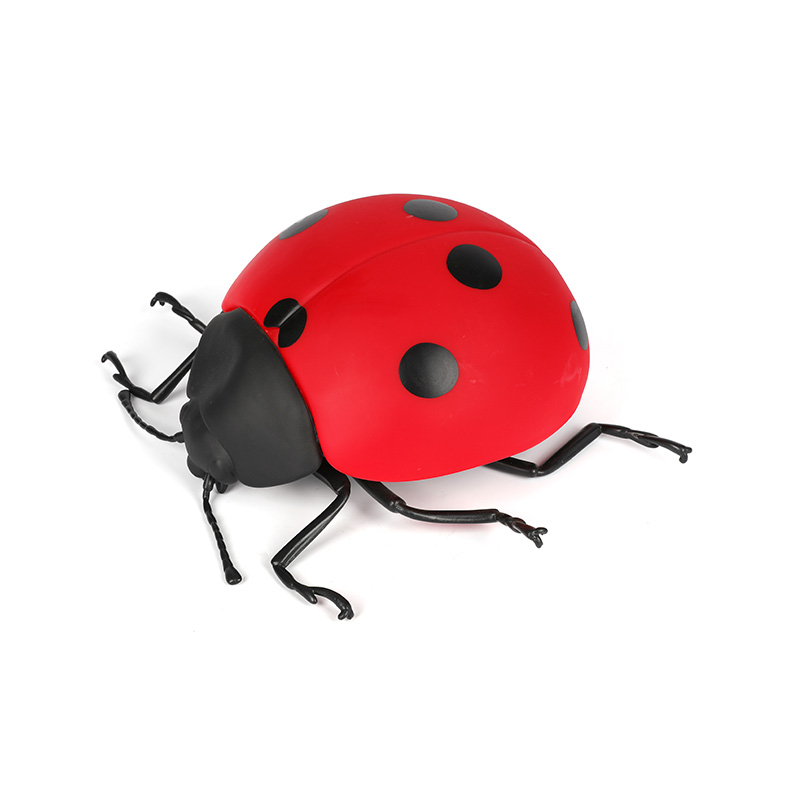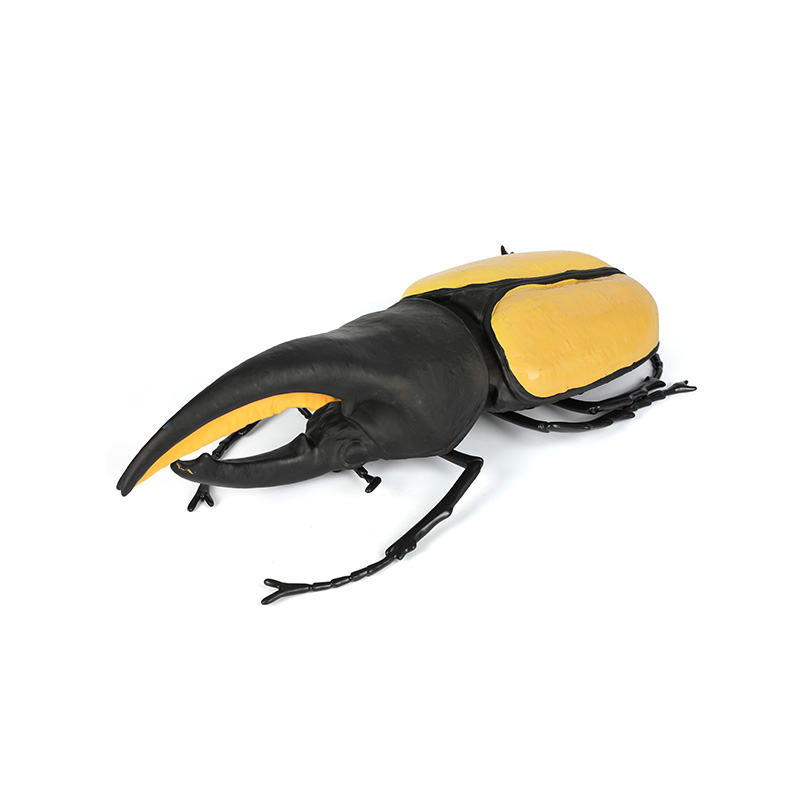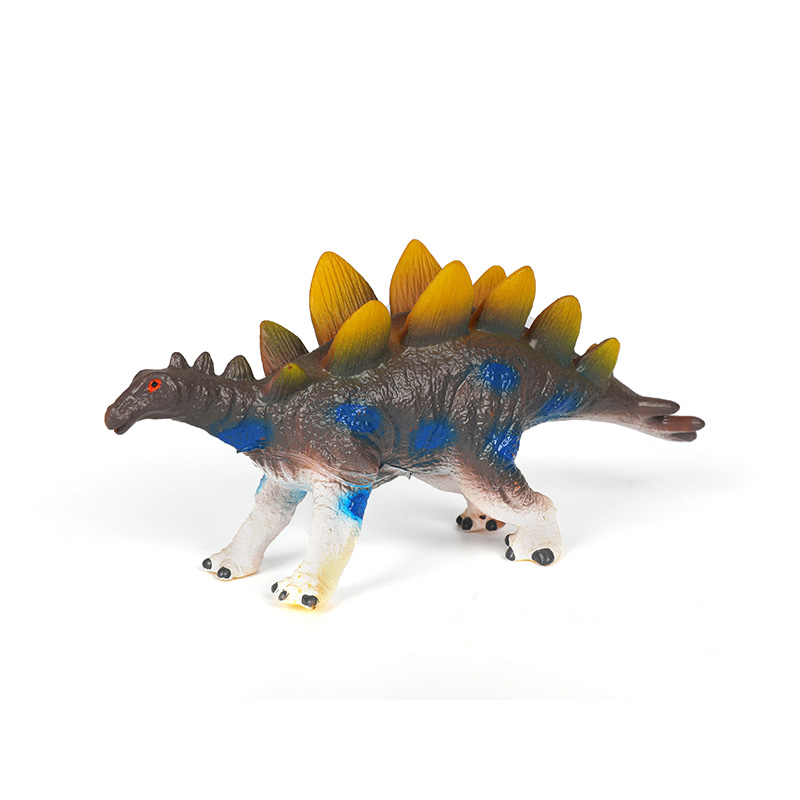- Type:
- Industry News
- Date
- 2025-Jul-25
Bubble Blowing Decompression Toys and Their Role in Child Development
In recent years, Bubble Blowing Decompression Toys have become increasingly popular among parents, educators, and therapists. These simple yet engaging toys offer much more than just entertainment—they play an important role in child development. By combining sensory stimulation with calming effects, bubble blowing decompression toys provide children with opportunities to enhance their motor skills, improve focus, and manage stress. Understanding how these toys contribute to healthy development can help caregivers make informed choices about the toys they introduce to children.
One of the key benefits of Bubble Blowing Decompression Toys lies in their ability to promote fine motor skills. When children use these toys, they engage in hand-eye coordination by squeezing the toy to release bubbles. This repetitive action strengthens small muscles in the hands and fingers, which is essential for tasks such as writing, buttoning clothes, and using utensils. Through playful interaction, bubble blowing decompression toys help children develop dexterity and precision.
In addition to motor development, Bubble Blowing Decompression Toys support sensory processing. Many children benefit from sensory play that involves tactile feedback and visual stimulation. The gentle popping of bubbles, combined with the feel of squeezing the toy, creates a multi-sensory experience that can calm overstimulated children or provide much-needed stimulation for those with sensory processing difficulties. This makes bubble blowing decompression toys especially useful for children with sensory integration challenges.
Beyond physical development, Bubble Blowing Decompression Toys have a positive impact on emotional regulation. Childhood can bring moments of anxiety or frustration, and these toys offer a constructive outlet for calming down. The act of blowing bubbles encourages deep breathing and mindfulness, which can reduce stress and improve emotional resilience. Therapists often use bubble blowing toys as tools to help children practice self-soothing techniques and maintain focus during challenging situations.

Social development is another area where Bubble Blowing Decompression Toys can contribute. When children play with these toys in groups, they learn valuable social skills such as sharing, taking turns, and cooperative play. Bubble blowing activities naturally invite interaction, creating opportunities for communication and bonding. This social engagement promotes language development and emotional connection among peers and caregivers.
From a safety perspective, Bubble Blowing Decompression Toys are designed with child-friendly materials that are durable and non-toxic. Parents can feel confident in choosing toys that meet safety standards and withstand active play. The squeezable nature of these toys makes them easy for children of various ages to handle, and their colorful designs capture attention and encourage repeated use.
Moreover, Bubble Blowing Decompression Toys provide a screen-free play option, which is important in today’s digital age. With increasing concerns about excessive screen time, these toys offer a healthy alternative that fosters creativity and physical engagement. Incorporating bubble blowing decompression toys into daily routines can support balanced playtime habits and promote overall well-being.
In educational settings, teachers are recognizing the benefits of Bubble Blowing Decompression Toys as tools for classroom management and learning support. These toys can be used to reward positive behavior, help students transition between activities, or provide sensory breaks. Their versatility makes them a practical addition to classrooms focused on inclusive education.
In conclusion, Bubble Blowing Decompression Toys serve a multifaceted role in child development. From enhancing fine motor skills and sensory integration to promoting emotional regulation and social interaction, these toys offer numerous developmental benefits. By incorporating bubble blowing decompression toys into playtime and learning environments, caregivers and educators can support children’s growth in enjoyable and meaningful ways. As awareness of their advantages spreads, these toys continue to gain recognition as valuable tools for nurturing healthy childhood development.


 English
English
 English
English русский
русский Español
Español